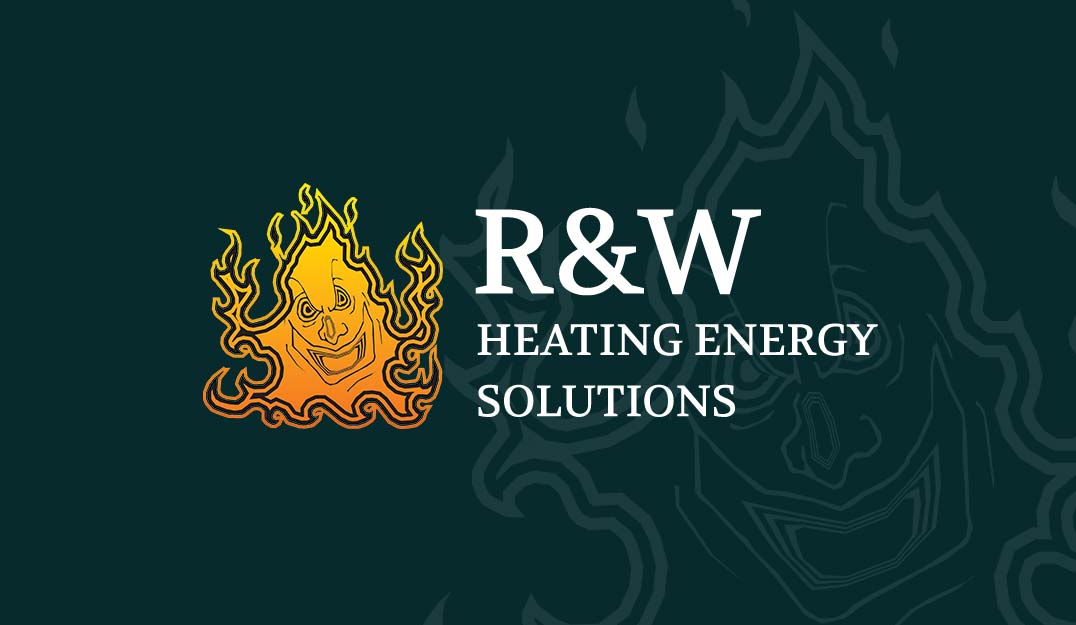We have heard the words “quality control” regulating everything from oil burners and boilers, to furnaces, and controls. However, what about the fuel oil that many of us have watched spiral upward in price to $100 per barrel? By the time this article leaves the press, the retail could be at $4.00 per gallon or higher and business owners will be focusing on receivables more than ever.
On the subject of oil quality, I would like to share an actual oil related conversation that I had with a second generation oil dealer located in East Greenwich, RI. The owner called me in January when the temperature had been in the 4 degree range for several days, asking me for my thoughts on a burner issues. He said he had a fire department oil account that called to report that the boiler was smoking. This unit was serviced annually and after doing the system tune-up the technician was always able to get a smoke test reading of between 0 and a trace.
However on this January day, no matter what his technician (John, a very good tech) did, he could not get a smoke reading better than No. 4 and called for help. At this point I questioned the location of the tank, which by the way was treated regularly with a dispersant type conditioner. He said that it was an outside tank and was partially covered with ice – remember the 4 degrees? My first thought was how cold oil can and certainly does affect a burner’s performance.
I made some suggestions: use a portable heater to try and raise the temperature of the fuel oil in the tank; blend oil with kerosene; or put the system on a temporary “can” to see if anything changed. I’m sure many of you have done this yourself to overcome cold oil or contamination issues.
After reaching a level of frustration, trying the above and still getting a No. 4 smoke, I put him in contact with the burner’s factory representative as requested. The rep, after listening to his issue, said that he had received several calls recently on this same issue and after visiting a couple of homes, determined it was a fuel quality issue in most cases. After hearing this, the owner and his technician set up a temporary tank, filled it with diesel fuel and low and behold the burner returned back to its 0 smoke.
When it comes to straight No. 2 fuel oil and cold weather, there are certain factors that cannot be overlooked. They are Cloud Point – the lowest temperature the fuel will flow before starting to gel; Pour Point – the lowest temperature that No. 2 will continually flow, which is generally 20 degrees F; and Viscosity – this is the fuel oil’s resistance to flow; I often refer to trying to move molasses through an oil line. Obviously, it can’t be done because of its ability to flow.
The best temperature for fuel oil to flow from a tank to the burner is in the 60-70 degree range, which is the average basement temperature. This is why a basement tank is always recommended.
Another scenario that will affect a burner’s smoke reading is when a warm basement tank with a fourth of a tank of oil becomes a first delivery from an oil truck that has been parked outside all night, in that 4 degree temperature mentioned. Now what do you think this oil’s viscosity is after the cold oil has been delivered into the tank? If you said thicker, you are correct – that is until the tank of oil reaches the basement temperature. A few burner cycles during this temperature oil warming period can create No. 2 or 3 smoke reading.
My last suggestion, other than using a 60/40 blend of No. 2 and No. 1 kerosene from the beginning of the heating season, is to install an electric stick type tank heater that energizes when the temperature reaches 40 degrees in the tank.I almost forgot to mention to keep in mind every gallon of fuel oil has about .05 percent water, which is another reason for adding a dispersant.

